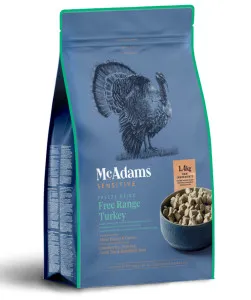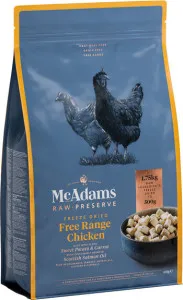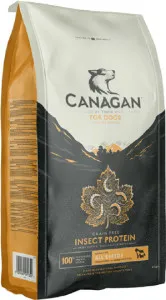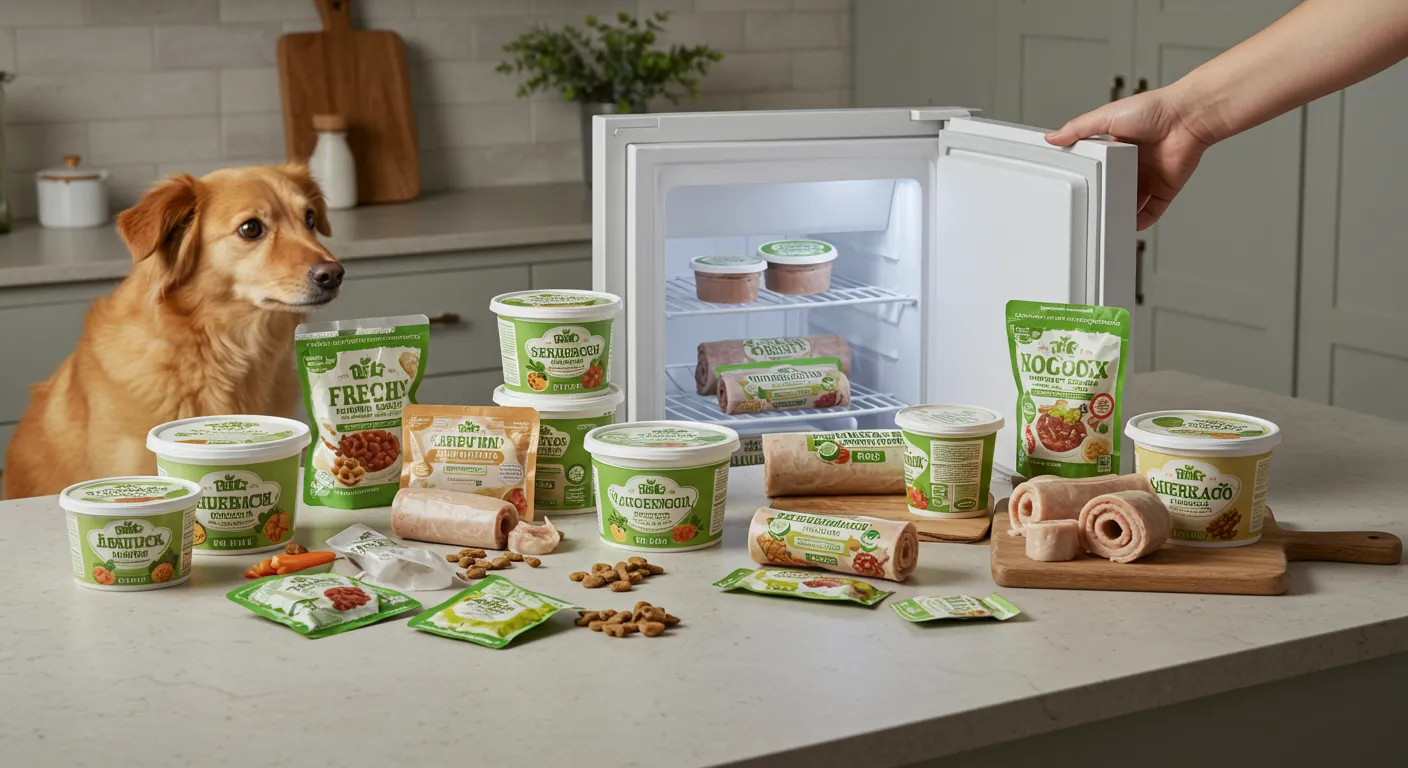Yes, you can freeze fresh pet dog food to extend its shelf life while preserving nutrients and flavor. Freezing is a great way to keep high-quality ingredients fresh for longer, especially if you buy in bulk or want to prep meals ahead. Just make sure to store it properly to avoid freezer burn and maintain quality.
Why Freeze Fresh Dog Food?
Freezing fresh pet food offers several benefits for both you and your furry friend. Whether you're using commercial fresh dog food or homemade recipes, freezing helps lock in nutrients and prevents spoilage. Here’s why it’s a smart choice:
- Extends shelf life: Fresh dog food typically lasts 3-5 days in the fridge, but freezing can keep it safe for months.
- Preserves nutrients: Freezing slows bacterial growth and helps retain vitamins and minerals.
- Reduces waste: Portion and freeze meals to avoid throwing away spoiled food.
- Saves money: Buying in bulk and freezing can be more cost-effective than purchasing small batches.
- Airtight containers: Glass or BPA-free plastic with tight seals.
- Freezer-safe bags: Remove excess air before sealing.
- Portion-sized packs: Freeze individual servings for easy thawing.
- The type of food (e.g., "Beef & Veggie Blend")
- The date it was frozen
- Use within 3-6 months for best quality
- Thaw overnight in the fridge.
- Use cold water for quicker thawing (seal the bag to avoid water exposure).
- Serve immediately after thawing—don’t refreeze.
- Proteins and fats remain stable when frozen.
- Some vitamins (like C and B) may degrade slightly over time, but the impact is minimal if stored properly.
- No added preservatives are needed, unlike commercial kibble.
- Raw diets (BARF): Freezes exceptionally well; just separate meats and veggies.
- Cooked homemade meals: Avoid freezing dairy-heavy recipes (may separate).
- Commercial fresh food: Check labels—some brands pre-portion freezer-friendly packs.
- Freezing large blocks: Break into portions for faster thawing.
- Using thin plastic bags: They’re prone to punctures and freezer burn.
- Ignoring expiration dates: Frozen doesn’t mean eternal—discard old food.
How to Freeze Fresh Dog Food Properly
Not all fresh dog food freezes the same way. Follow these steps to ensure your pet’s meals stay fresh and safe:
1. Choose the Right Packaging
Air exposure causes freezer burn, so proper storage is key. Use:
2. Label and Date
Always mark containers with:
3. Thaw Safely Before Serving
Never microwave frozen dog food—it can destroy nutrients and create hot spots. Instead:
Recommended Products

McAdams Freeze Dried Free Range Turkey is an excellent choice for fresh pet dog food can you freeze it. This dog food contains Boneless Free Range Turkey 86.5% and other high-quality ingredients that promote overall health.

McAdams Freeze Dried Free Range Chicken is an excellent choice for fresh pet dog food can you freeze it. This dog food contains Boneless Free Range Chicken 86% and other high-quality ingredients that promote overall health.

Canagan Insect is an excellent choice for fresh pet dog food can you freeze it. This dog food contains Freshly Prepared Insects (27%)* and other high-quality ingredients that promote overall health.
Does Freezing Affect Nutritional Value?
Many pet owners worry about losing nutrients, but freezing is one of the best preservation methods. Here’s what happens:
For the healthiest option, rotate frozen stock and use within six months. Check out our Pet Food Analyzer to compare fresh vs. frozen nutritional profiles.
Types of Fresh Dog Food That Freeze Well
Most fresh dog food can be frozen, but some varieties hold up better than others:
Common Freezing Mistakes to Avoid
Even small errors can affect quality. Steer clear of these pitfalls:
Final Thoughts
Freezing fresh dog food is a convenient, safe way to provide your pet with high-quality nutrition without daily prep. By following proper storage techniques, you’ll keep meals tasty and nutrient-rich. For more tips on optimizing your dog’s diet, explore our Pet Food Analyzer to find the best options for your pup’s needs.
